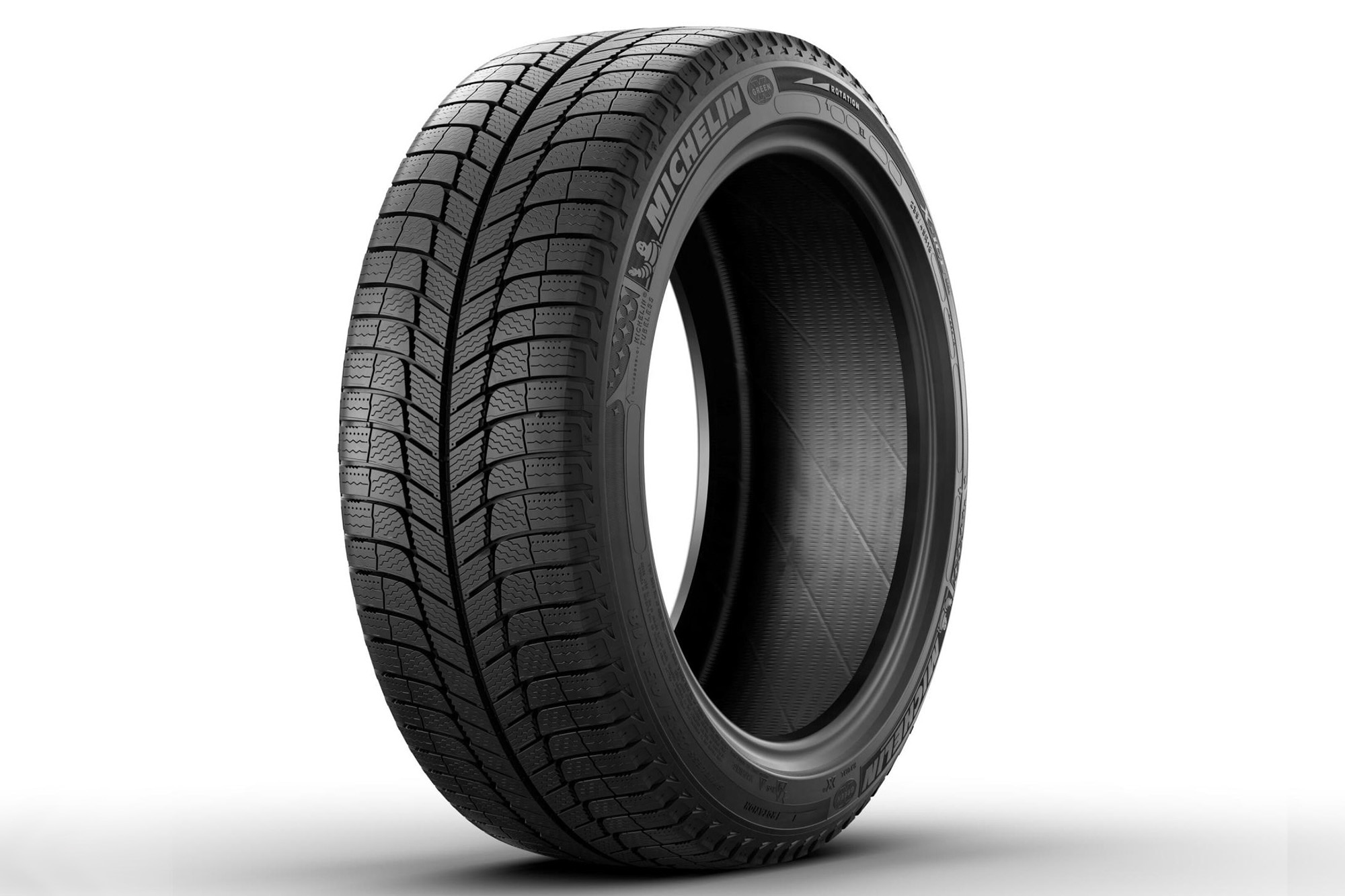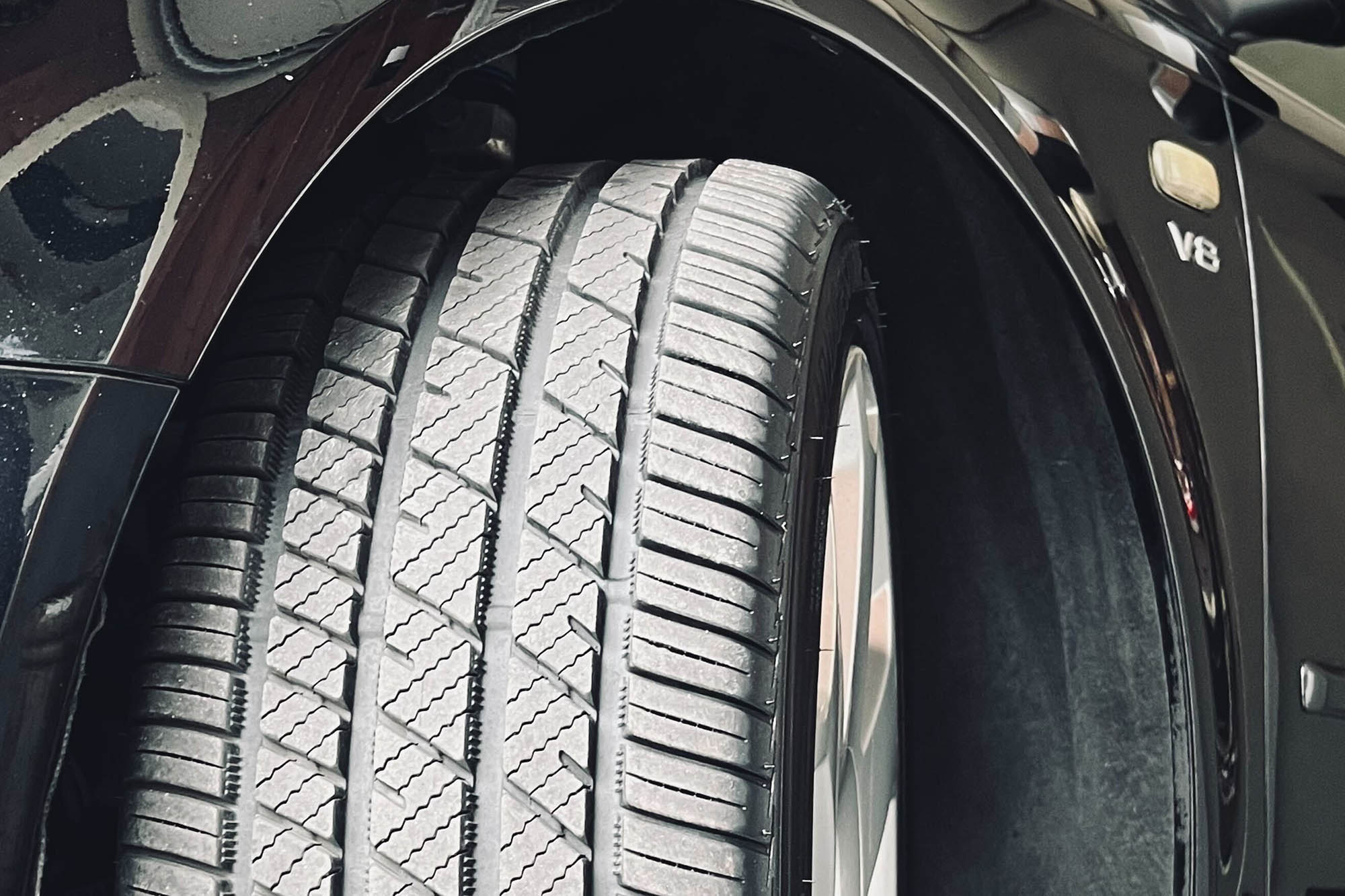Directional vs. Non-Directional Tires
Which is better for your driving situation, and why?
 Shutterstock
Shutterstock
When shopping for tires, you may have come across models and brands that market themselves as directional or non-directional. These terms can be confusing to first-time buyers and unfamiliar even to those with more experience in the tire world.
Whether you're looking for a high-performance, winter, or all-season tire, staying informed about your options is wise. There are advantages and disadvantages to directional tires compared with traditional non-directional designs.
 Michelin
Michelin
A Directional Tire Has a Specific Tread Orientation
As the name suggests, a directional tire features a tread pattern designed to rotate in a specific direction — towards the front of the car — when mounted on a wheel. You can visually identify most directional tires by a tread pattern that resembles an arrowhead, with a diagonal pattern sloping towards a solid center, as seen on the Michelin XICE X13 winter tire.
A directional tread offers several performance advantages over a standard symmetrical tread. This design provides better grip on dry pavement and channels water more effectively in wet weather, reducing the risk of hydroplaning. For these reasons, it's not uncommon to see directional treads on track-oriented rubber and winter tires.
To provide their maximum benefits and to avoid tread damage, a directional tread must spin in its designated direction. Unfortunately, this restricts tire rotation options. Directional tires can be rotated front to rear on the same side but not diagonally across the car unless removed from their wheels and re-mounted. This feature can make it more difficult and more expensive to even out wear.
Since summer directional tires are often high-performance models, they can be more expensive and wear more quickly due to softer rubber compounds.
 Manuel Carrillo III | Capital One
Manuel Carrillo III | Capital One
A Non-Directional Tire Can Be Mounted Any Way
A non-directional tire is one where the tread pattern presents as symmetrical or asymmetrical but lacks the central "arrowhead" of directional tires. For example, the Bridgestone Potenza RE980AS+ can rotate in either direction without compromising their ability to hold the road.
Rotating a non-directional tire can be done using the traditional X pattern, where you swap rear and front rubber in a diagonal across the vehicle. Tread wear is easier to manage, and since these tires are comprised of less aggressive rubber compounds, they have a longer lifespan advantage.
A non-directional tire prioritizes longer wear over handling and wet weather performance. This choice makes non-directional tires less appropriate for sports cars or winter use. For this reason, it's more common to see non-directional treads on all-season tires, which offer a compromise in capability in favor of versatility.
Written by humans.
Edited by humans.
 Benjamin Hunting
Benjamin HuntingBenjamin Hunting is a writer and podcast host who contributes to a number of newspapers, automotive magazines, and online publications. More than a decade into his career, he enjoys keeping the shiny side up during track days and always has one too many classic vehicle projects partially disassembled in his garage at any given time. Remember, if it's not leaking, it's probably empty.
Related articles
View more related articles